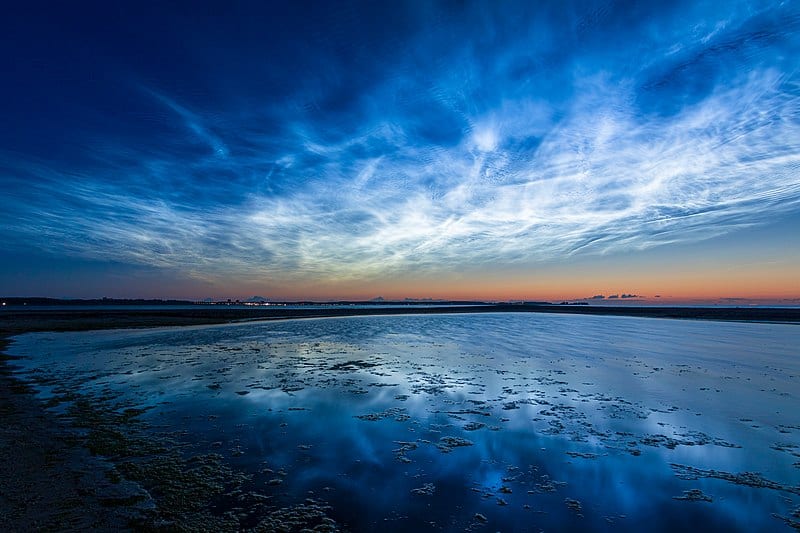In a world where biodiversity is increasingly under threat, the story of plants brought back from the brink of extinction offers a glimmer of hope. These remarkable species, once teetering on the edge of oblivion, have been saved through dedicated conservation efforts, highlighting the resilience of nature and the importance of preserving our planet’s rich diversity. Each of these plants tells a unique tale of survival, adaptation, and the crucial role humans can play in protecting the natural world.
Franklin Tree (Franklinia alatamaha)
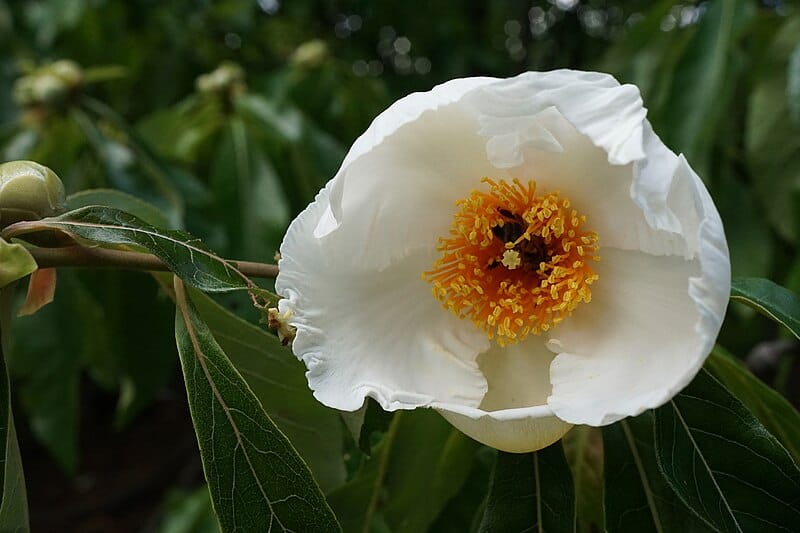
The Franklin Tree, once thought extinct in the wild since the early 1800s, is a remarkable survivor. Native to the southeastern United States, it produces stunning white flowers with a pleasant fragrance, often blooming in late summer. Conservation efforts have relied heavily on cultivated specimens, as all known trees today descend from a few plants saved by early botanists. Its glossy, dark green leaves turn a striking orange-red in autumn, making it a prized ornamental plant. Despite its beauty, the exact reasons for its extinction in the wild remain a mystery.
Wollemi Pine (Wollemia nobilis)
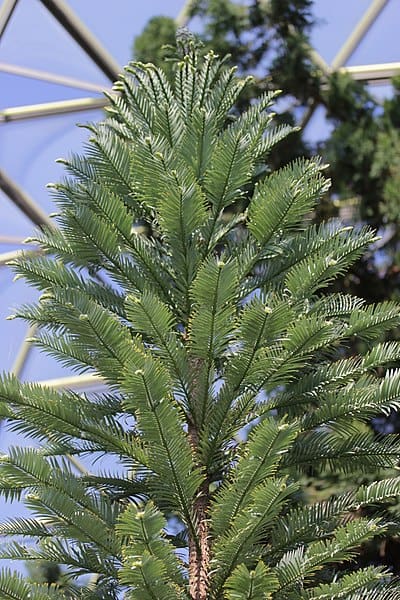
The Wollemi Pine, often called a “living fossil,” was rediscovered in 1994 in a remote part of Australia, after being thought extinct for millions of years. With its unusual, knobby bark and fern-like leaves, it quickly captured global attention. Conservationists have worked tirelessly to propagate and protect this species, as only about 100 trees remain in the wild. The tree has now been successfully cultivated in botanical gardens worldwide. Its survival offers hope for other species presumed lost to history.
Rafflesia Flower (Rafflesia arnoldii)
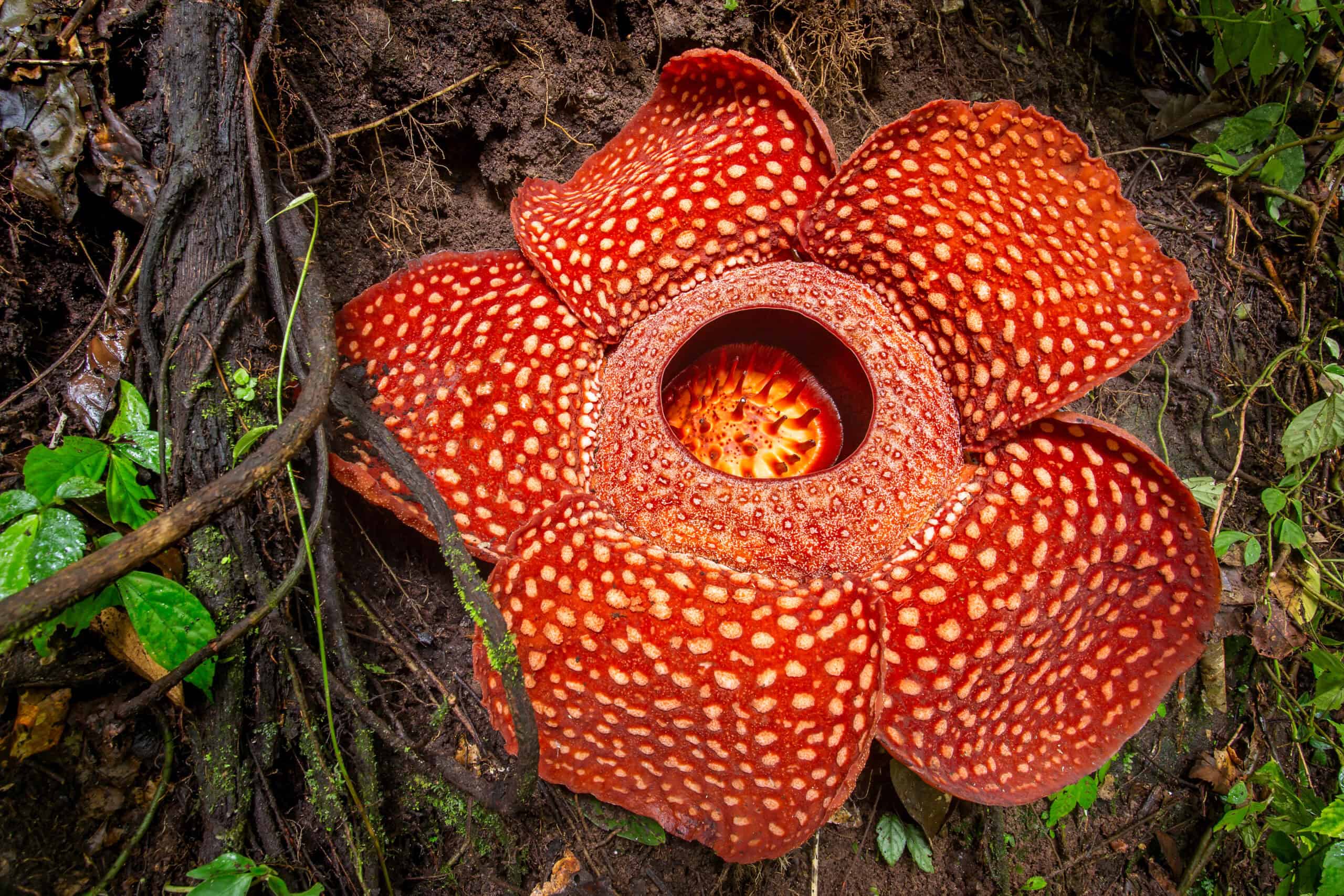
Known as the world’s largest flower, Rafflesia arnoldii has faced severe threats due to habitat loss in its native Southeast Asian rainforests. This parasitic plant lacks leaves, stems, or roots, deriving nutrients from its host vine. Conservation efforts have focused on habitat preservation and raising awareness of its ecological importance. Its massive, foul-smelling flowers can reach up to 3 feet in diameter, attracting pollinators like flies. Despite its gruesome appearance, it plays a crucial role in the ecosystem.
Encephalartos woodii
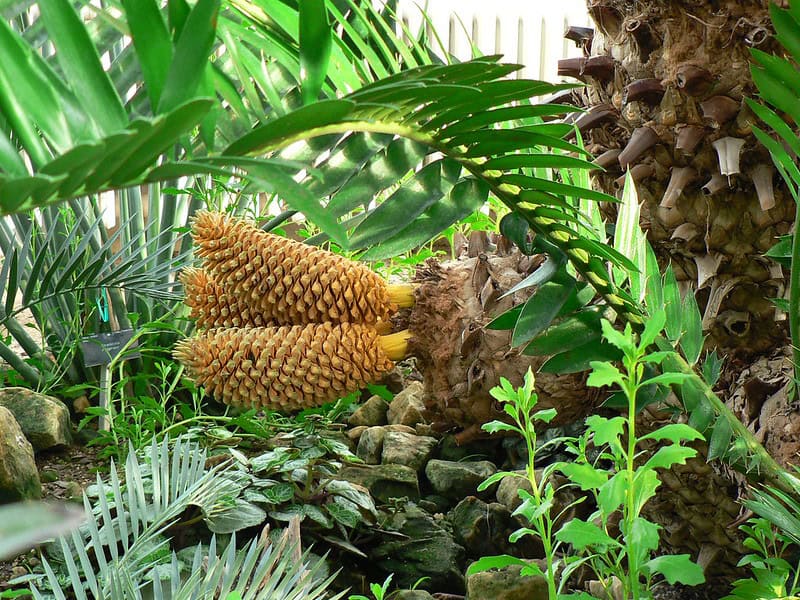
Considered one of the rarest plants on earth, Encephalartos woodii is a cycad that exists only in cultivation today. The last known wild specimen, a male, was discovered in South Africa in the late 19th century. Since no female plants have ever been found, the species cannot reproduce naturally. However, conservationists have preserved its genetic material through cloning and tissue culture techniques. Its striking, feathery fronds make it a popular, albeit rare, ornamental plant.
St. Helena Ebony (Trochetiopsis ebenus)
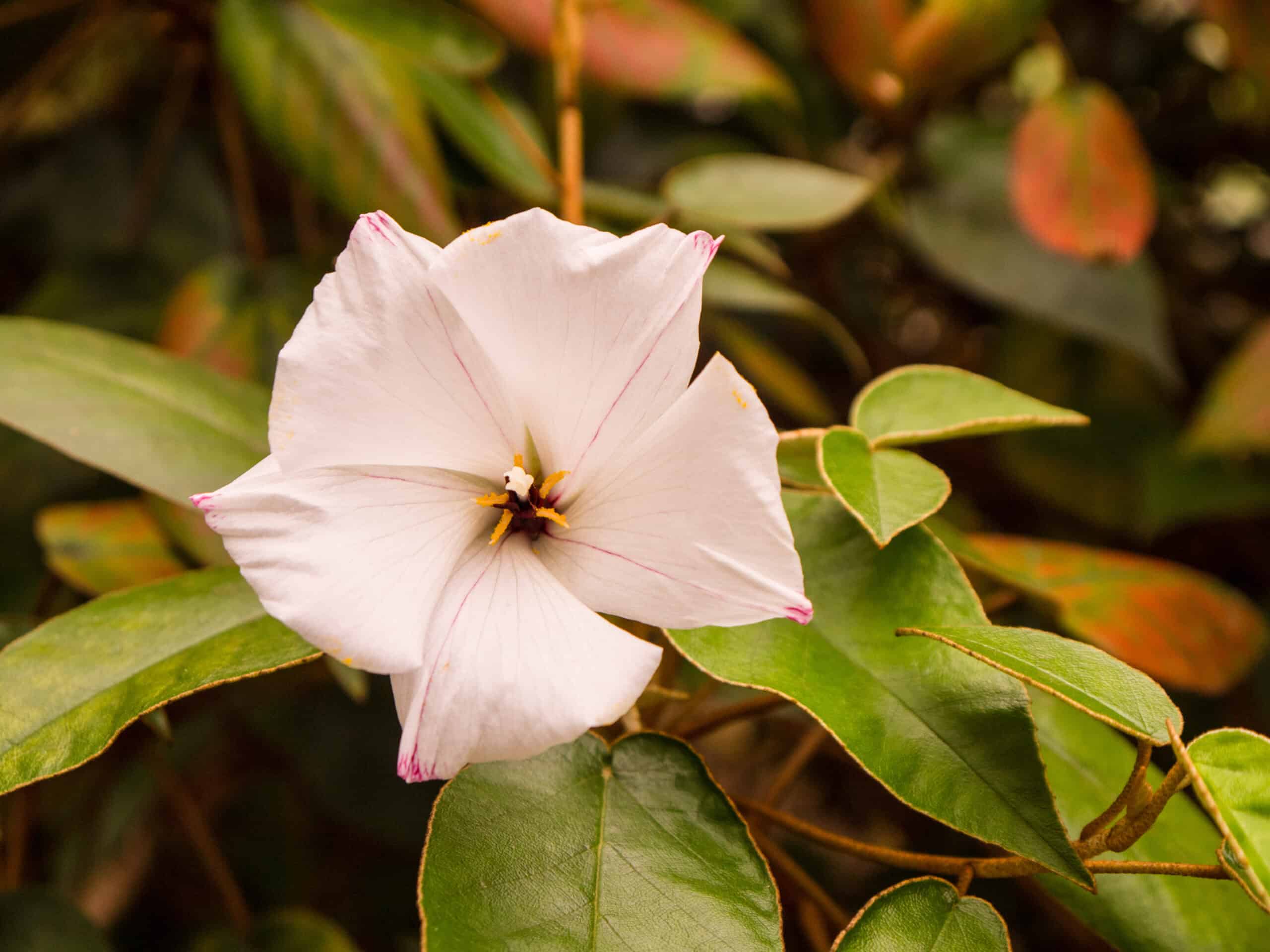
Native to the remote island of St. Helena, this small, shrubby tree was nearly wiped out by overgrazing and habitat destruction. By the mid-20th century, it was believed extinct, but a few surviving plants were rediscovered. Conservationists have since worked to protect and propagate the species, reintroducing it to its native habitats. The St. Helena Ebony produces attractive, white, star-shaped flowers that bloom year-round. Its recovery highlights the importance of protecting isolated ecosystems.
Pitcher Plant (Nepenthes clipeata)
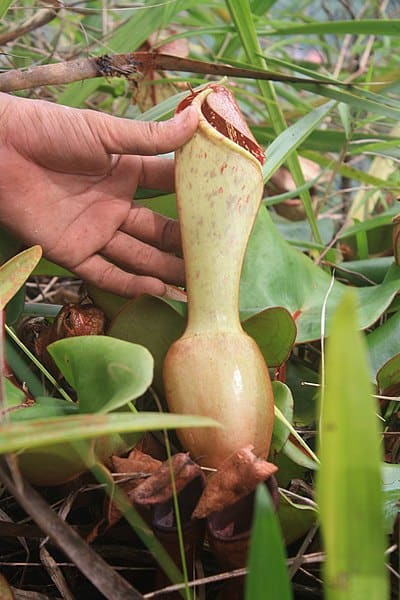
Nepenthes clipeata, a carnivorous plant native to the mountains of Borneo, has been critically endangered due to habitat loss and over-collection. It is known for its unique, cup-shaped leaves that trap insects, which the plant then digests. Conservationists have focused on creating seed banks and cultivating the plant in botanical gardens to ensure its survival. Despite its rarity, its striking appearance has made it a popular subject of conservation efforts. The plant’s survival is a testament to the importance of in-situ and ex-situ conservation methods.
Lady’s Slipper Orchid (Cypripedium calceolus)
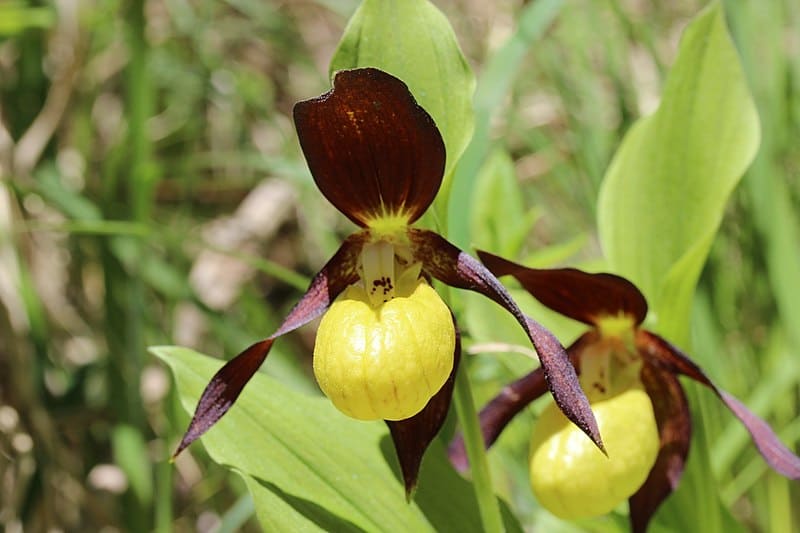
This elegant orchid, with its distinctive slipper-shaped blooms, was once widespread across Europe and Asia but faced severe declines due to habitat destruction and over-collection. Intensive conservation efforts, including habitat protection and reintroduction programs, have helped stabilize some populations. The Lady’s Slipper Orchid requires very specific growing conditions, often found in old-growth forests. Its striking yellow and maroon flowers attract bees, which are essential for its pollination. The plant’s revival underscores the delicate balance required to maintain its habitats.
Cabbage Tree (Dendroseris litoralis)
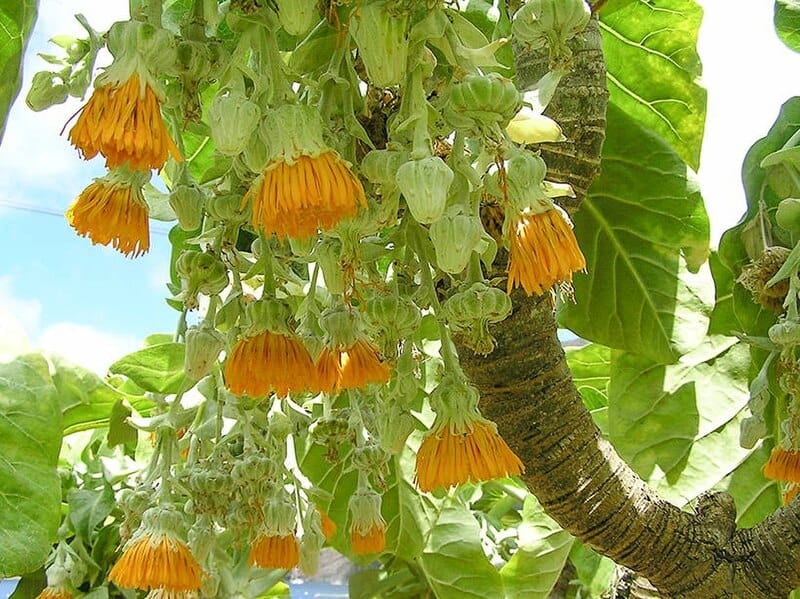
Endemic to the Juan Fernández Islands off the coast of Chile, the Cabbage Tree was once on the brink of extinction due to overgrazing by introduced animals. Conservation programs have focused on habitat restoration and the removal of invasive species. This small tree produces bright orange flowers that attract a variety of pollinators, playing a crucial role in its ecosystem. The Cabbage Tree’s recovery is a significant success story in plant conservation. Its survival is a reminder of the importance of preserving island ecosystems.
Hawaiian Silversword (Argyroxiphium sandwicense)
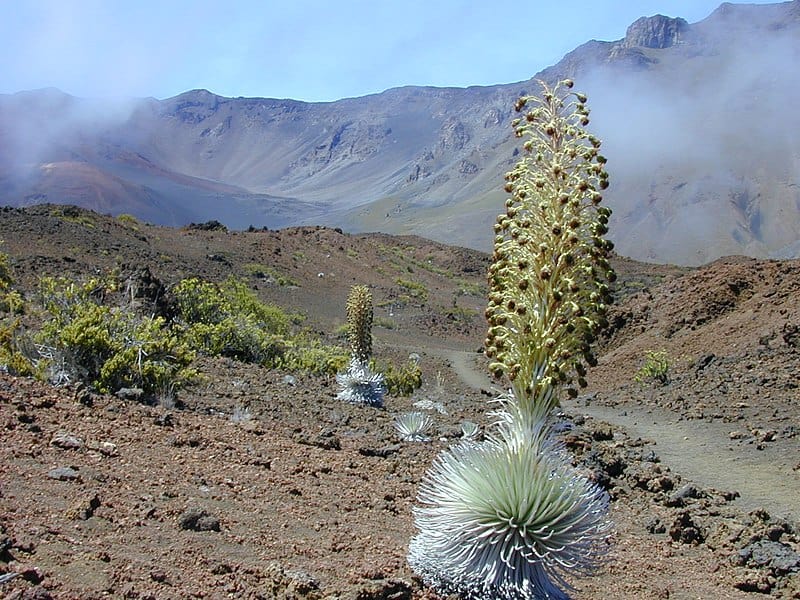
The Hawaiian Silversword is a remarkable plant found only on the slopes of Haleakalā volcano in Maui. Its unique, silver-hued leaves and towering flower stalks make it one of the most visually striking plants in the world. Once nearly extinct due to grazing by introduced animals and human activity, the plant has made a remarkable comeback thanks to concerted conservation efforts. It is now carefully monitored, with strict protections in place to ensure its continued survival. The Silversword’s story highlights the delicate balance of island ecosystems.
Cretan Date Palm (Phoenix theophrasti)
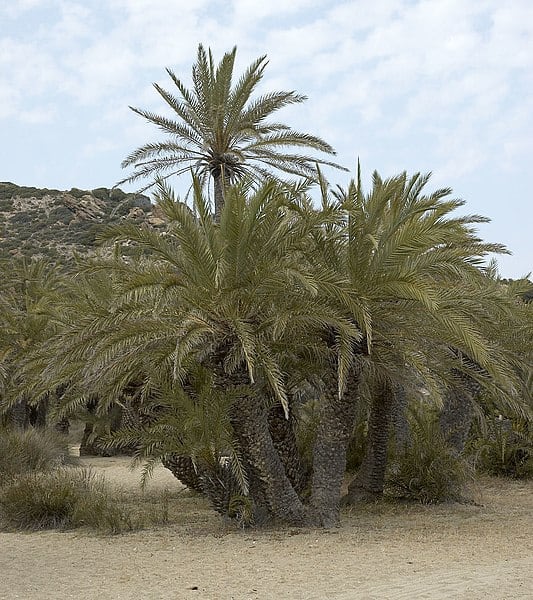
This ancient palm, native to the Greek island of Crete, was long considered a myth until its rediscovery in the 20th century. Threatened by habitat loss and hybridization with other palm species, it has faced a challenging road to recovery. Conservationists have worked to protect its remaining habitats and prevent further genetic dilution. The Cretan Date Palm is valued for its historical and cultural significance, as well as its resilience in harsh, rocky environments. Its recovery is a triumph for biodiversity conservation in the Mediterranean region.
Ascension Island Parsley Fern (Anogramma ascensionis)
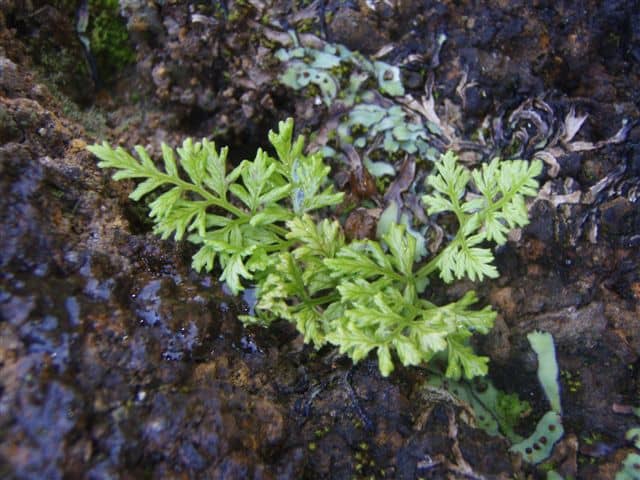
Once considered extinct, the Ascension Island Parsley Fern was rediscovered in the wild in the 21st century, clinging to life on the rocky slopes of its native island. This tiny fern, with delicate fronds resembling parsley, has struggled against habitat degradation and invasive species. Conservationists have since undertaken efforts to cultivate the fern in controlled environments and protect its natural habitats. Its survival is a testament to the resilience of even the most seemingly insignificant plants. The fern’s story underscores the importance of ongoing vigilance in conservation.
Attenborough’s Pitcher Plant (Nepenthes attenboroughii)
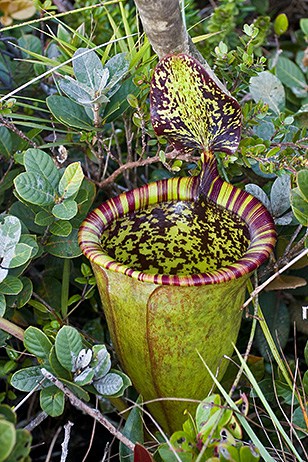
Discovered in the remote mountains of the Philippines, this giant carnivorous plant was named after the famed naturalist Sir David Attenborough. It captures insects and even small rodents in its large, pitcher-shaped leaves, which are filled with digestive fluids. Habitat destruction and climate change have threatened its survival, but conservationists are working to protect its remaining habitats and propagate the species in cultivation. The plant’s dramatic appearance and fascinating biology have made it a focus of conservation efforts. Its continued existence highlights the need to protect remote and pristine environments.
Ghost Orchid (Dendrophylax lindenii)
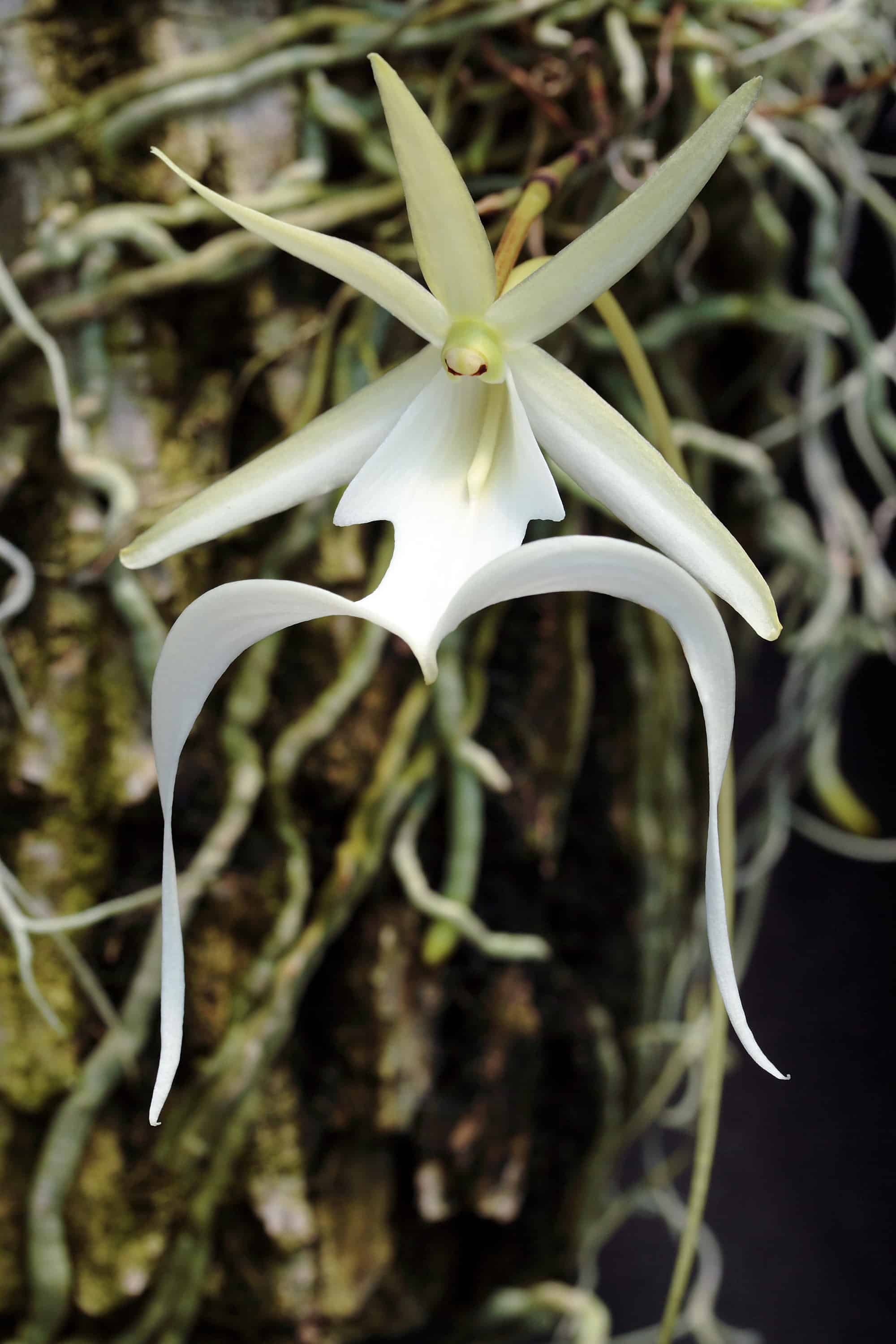
The Ghost Orchid, native to the swamps of Florida and Cuba, is famous for its elusive nature and ethereal, white flowers that seem to float in mid-air. It has faced severe threats from habitat loss and illegal collection, pushing it to the brink of extinction. Conservationists have undertaken intensive efforts to protect its habitats, enforce legal protections, and propagate the plant in cultivation. The orchid’s unique pollination strategy, which relies on a specific species of moth, adds to the challenge of its conservation. Its mysterious allure has captivated botanists and plant enthusiasts alike.
Bois Dentelle (Elaeocarpus bojeri)
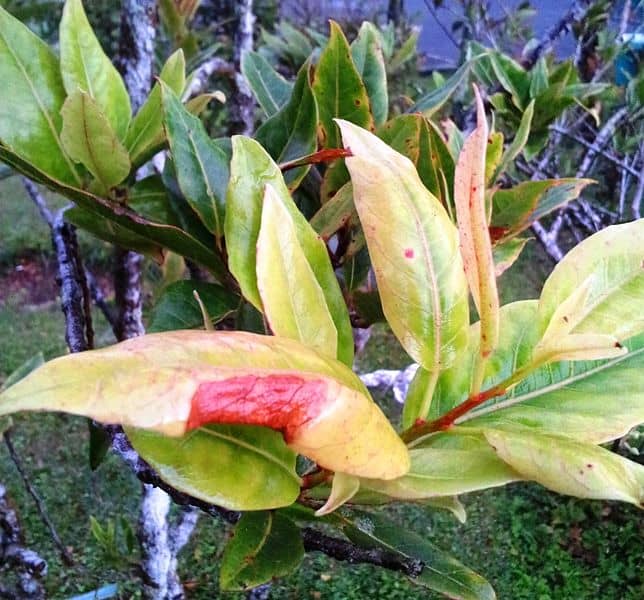
Native to Mauritius, the Bois Dentelle is an incredibly rare tree, with only two known wild specimens remaining. It produces delicate, lace-like flowers that hang in clusters, giving it the name “lacewood.” Habitat destruction and invasive species have decimated its population, leading to extensive conservation efforts to propagate the tree and protect its remaining habitat. The plant’s beauty and rarity have made it a symbol of the fight against extinction. Its survival is a poignant reminder of the fragility of island ecosystems.
Welwitschia (Welwitschia mirabilis)
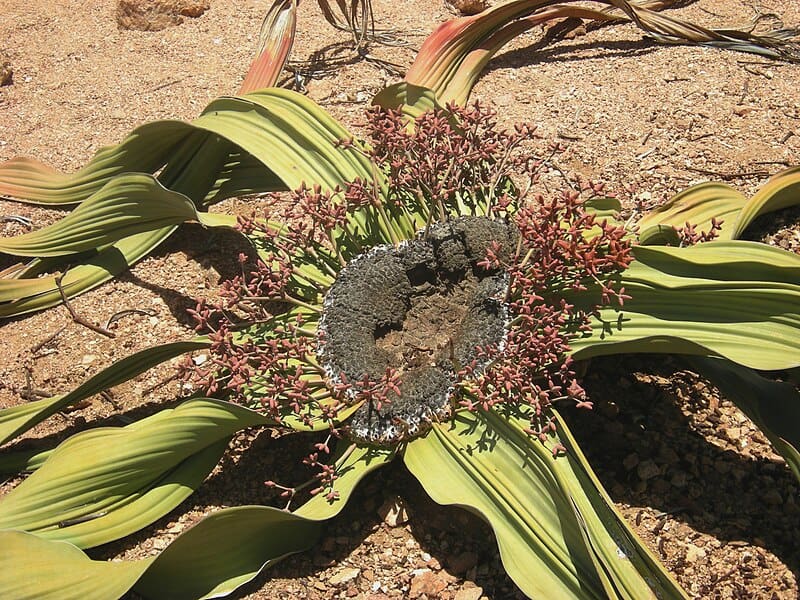
A true botanical oddity, Welwitschia mirabilis is native to the Namib Desert in Africa and can live for over a thousand years. It produces only two leaves that grow continuously throughout its life, giving it a unique, otherworldly appearance. Despite its harsh environment, Welwitschia has adapted remarkably well, though it faces threats from climate change and human activities. Conservation efforts focus on protecting its desert habitat and studying its unique adaptations. The plant’s endurance and resilience are a testament to the wonders of evolution and survival.
This article originally appeared on Rarest.org.
More From Rarest.Org

When it comes to luxury travel, few experiences can match the exclusivity and comfort of a private jet service. Offering unparalleled convenience, personalized attention, and top-of-the-line amenities, these services cater to those who value privacy and efficiency in their journeys. Read more.
The night sky has always been a source of wonder and mystery, offering more than just the stars and the moon. Beyond the usual celestial sights, there are rare and unusual phenomena that can take your breath away. Read more.
13 Most Premium Tech Gadgets and Devices

In the ever-evolving world of technology, premium gadgets and devices are setting new standards for innovation and luxury. From cutting-edge laptops and smartwatches to immersive audio systems and next-generation cameras, these high-end products offer more than just functionalityâthey redefine the user experience. Read more.

